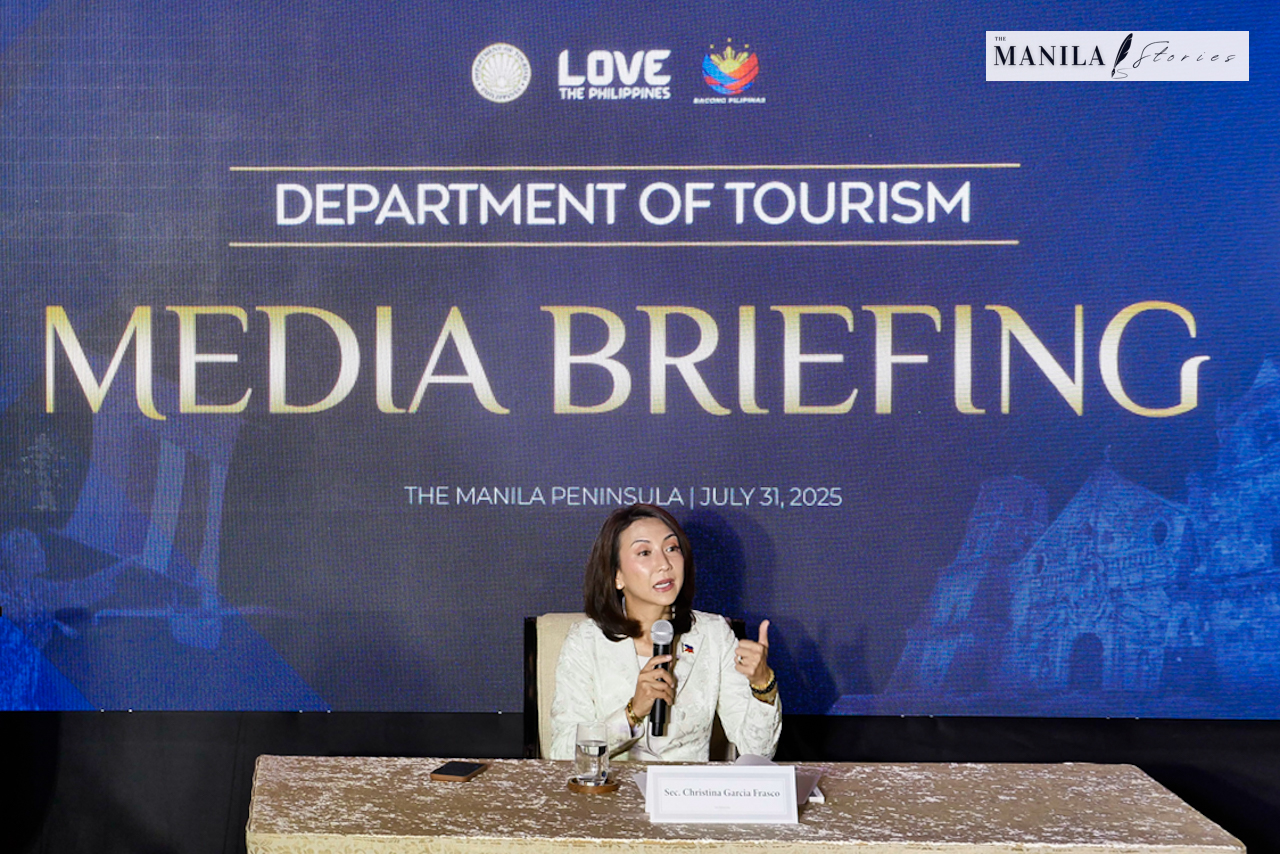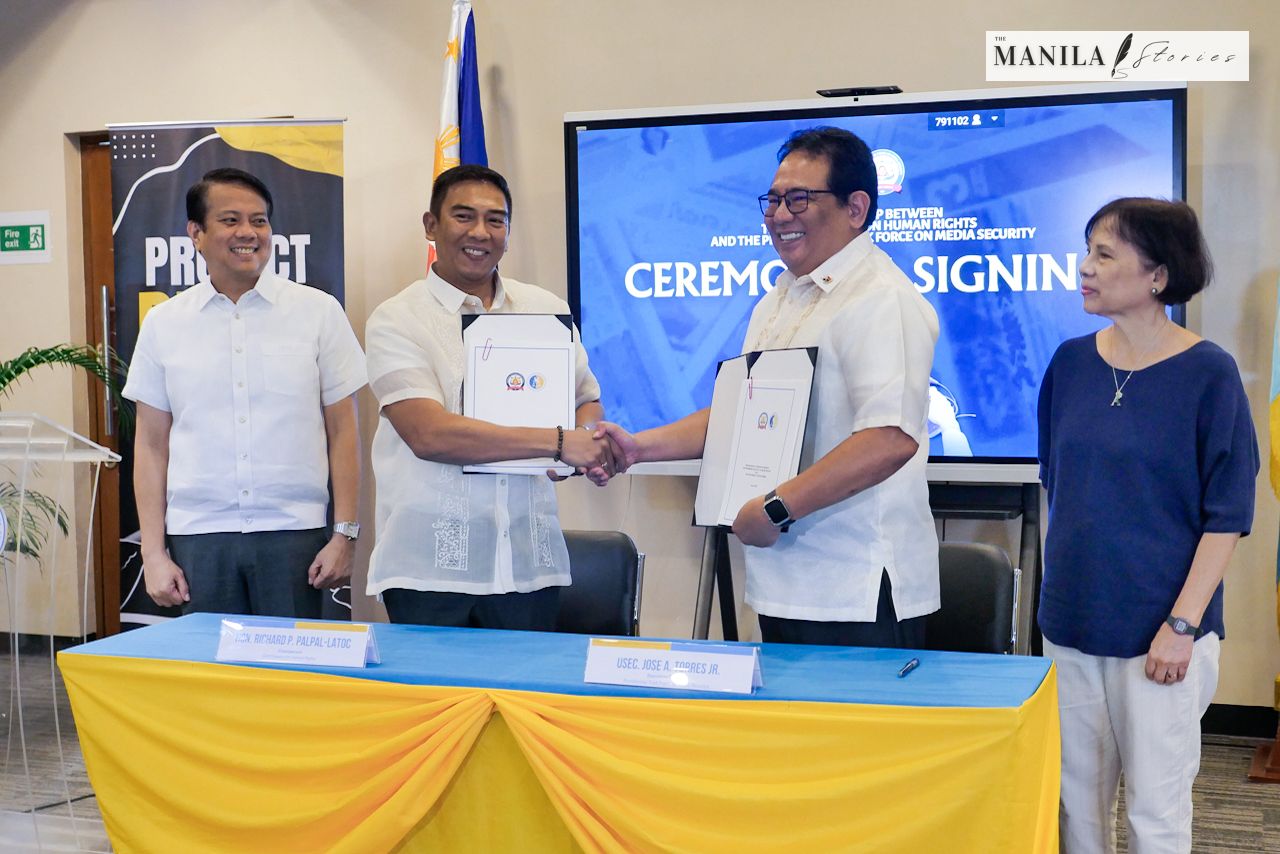
The Department of Tourism (DOT) is doubling its commitment to local tourism development with the launch of the second cycle of the Tourism Champions Challenge. Tourism Secretary Christina Garcia Frasco unveiled the initiative, emphasizing its success in empowering local government units (LGUs) to create community-based tourism projects.
Inspired by her experience as mayor of Liloan, Cebu, Secretary Frasco recognized the financial hurdles LGUs face in realizing their tourism visions. The Tourism Champions Challenge aims to bridge this gap by funding infrastructure projects that generate livelihood opportunities and unlock the potential of emerging destinations.
The first cycle of the challenge saw 15 LGUs benefit from the program. Building on this success, the second cycle expands to include 21 LGUs from Luzon, Visayas, and Mindanao. The DOT has also increased funding from ₱255 million to ₱399 million, demonstrating its commitment to the program’s growth and impact.
“Tourism development can truly be felt in the farthest corners of our country,” Secretary Frasco said, highlighting the program’s potential to drive inclusive and equitable growth.
Beyond infrastructure, the DOT is also focused on supporting the backbone of the tourism industry: small and medium enterprises (SMEs). In partnership with the Department of Trade and Industry (DTI) and SB Corporation, the DOT launched the Turismo Asenso Loan Program. This program provides SMEs with access to capital to expand their businesses, improve service standards, and generate more income.

The loan program offers flexible terms, including loans up to ₱20 million and low-interest rates of 1% for non-collateralized loans ranging from ₱3 to ₱5 million. With repayment plans of up to five years, the Turismo Asenso Loan Program aims to make tourism gains tangible for communities, recognizing that over 90% of tourism businesses in the country are SMEs.
Secretary Frasco emphasized the DOT’s commitment to President Marcos Jr.’s directive to develop tourism through culture, heritage, and infrastructure investment. A key initiative is the construction of Tourist Rest Areas (TRAs) nationwide. These TRAs provide clean restrooms, information centers, pasalubong shops, and amenities like charging stations and facilities for people with disabilities.
The DOT is on track to establish 100 TRAs across the country. These TRAs are based on requests from local communities and stakeholders, ensuring that they meet the specific needs of each destination.
The DOT is also expanding its tourism portfolio to include dive tourism, cruise, golf, health and wellness, halal and Muslim-friendly tourism, and gastronomy tourism. The arrival of the Michelin Guide in the Philippines is a testament to the country’s growing culinary scene. The DOT is also implementing the Filipino Brand of Service Excellence Program to train workers in Filipino hospitality values, ensuring that the country’s service standards meet global benchmarks while remaining authentically Filipino. Over 326,000 workers have been trained through these initiatives.
Despite challenges, the Philippine tourism sector has displayed remarkable resilience. The Philippine Statistics Authority (PSA) reported that tourism direct gross value added reached ₱2.35 trillion in 2024, an 11.16% increase from 2023. Internal tourism expenditures reached ₱3.86 trillion, surpassing 2019 levels by 103%.
Tourism also plays a significant role in employment. In 2024, tourism employed 6.75 million Filipinos. A survey conducted in the same year revealed that nearly 10 million Filipinos indirectly benefited from tourism-related opportunities.

Sec. Frasco expands, “The Department of Tourism continues to partner with the private sector as well as local government units all over the country in order to ensure, first of all, that Filipinos are readily employable in tourism. And, we’re doing that by way of our training programs across all regions of the Philippines that consist of tourism industry skills, such as tour guiding, entrepreneurship in tourism, culinary training, lifeguarding, and such related skills in the various sectors of the tourism industry.” She also added, “On the other hand, we recognize that hospitality continues to be the top job for the Philippines in terms of tourism. And that is why we are making sure that the Filipino workforce is able to receive well-thought-out as well as updated trainings in Filipino hospitality that are up to global standards as well as authentic to our identity as Filipinos.”
From January to May 2024, the Philippines generated $4.2 billion in visitor receipts. The DOT encourages partners and media to support these efforts by promoting MSMEs, highlighting tourism destinations, and inspiring both Filipinos and international travellers to explore the Philippines.




